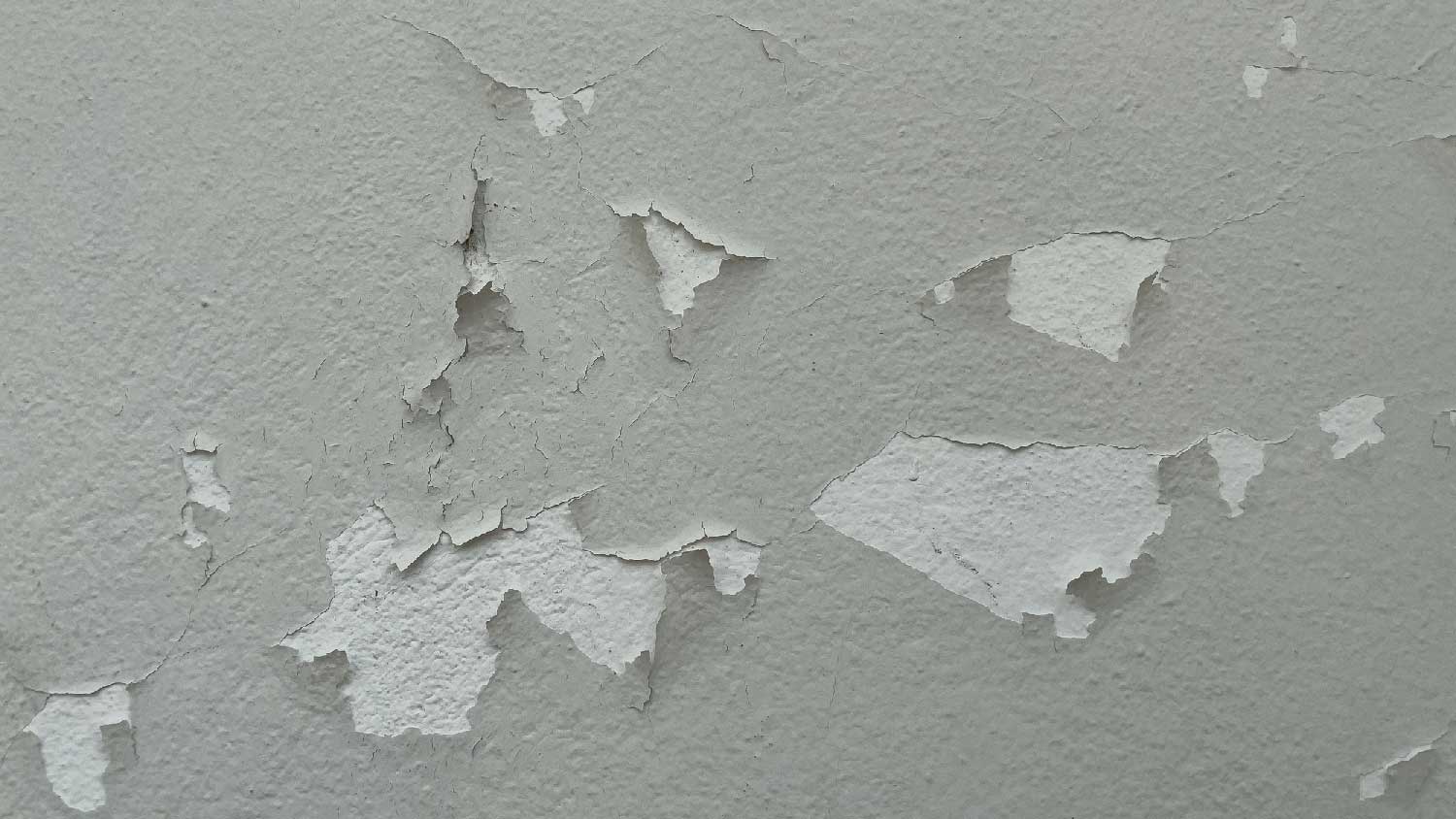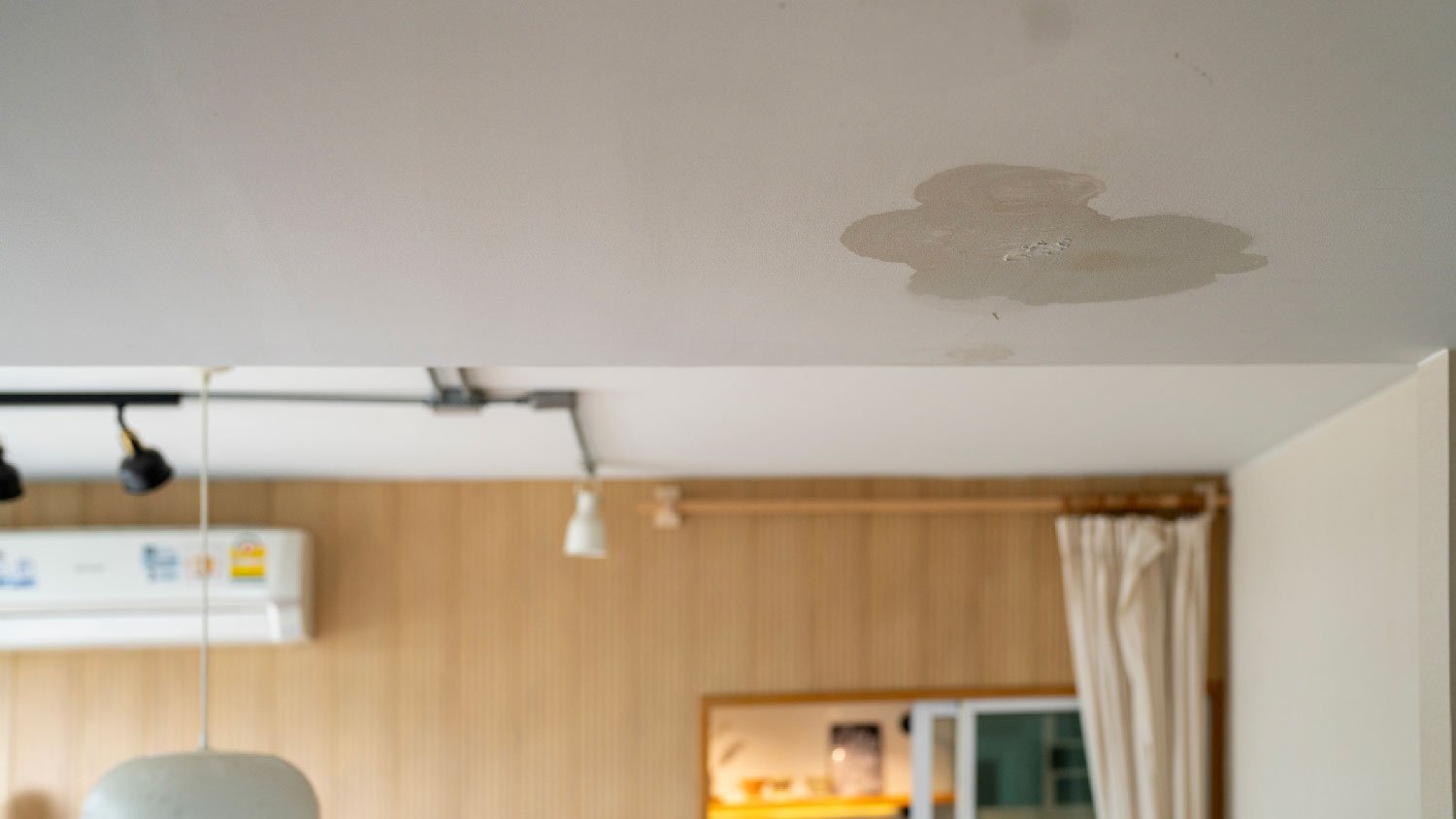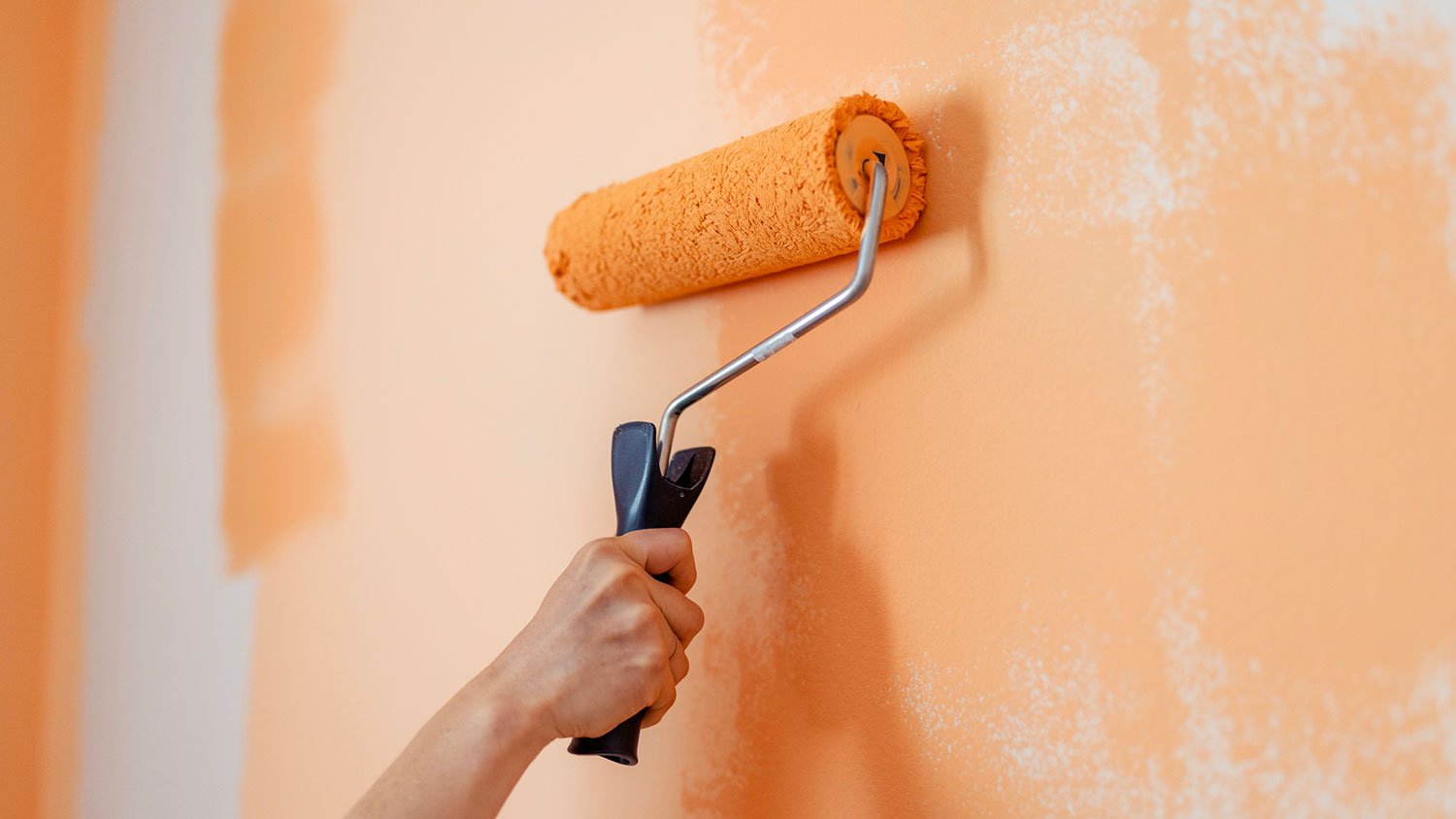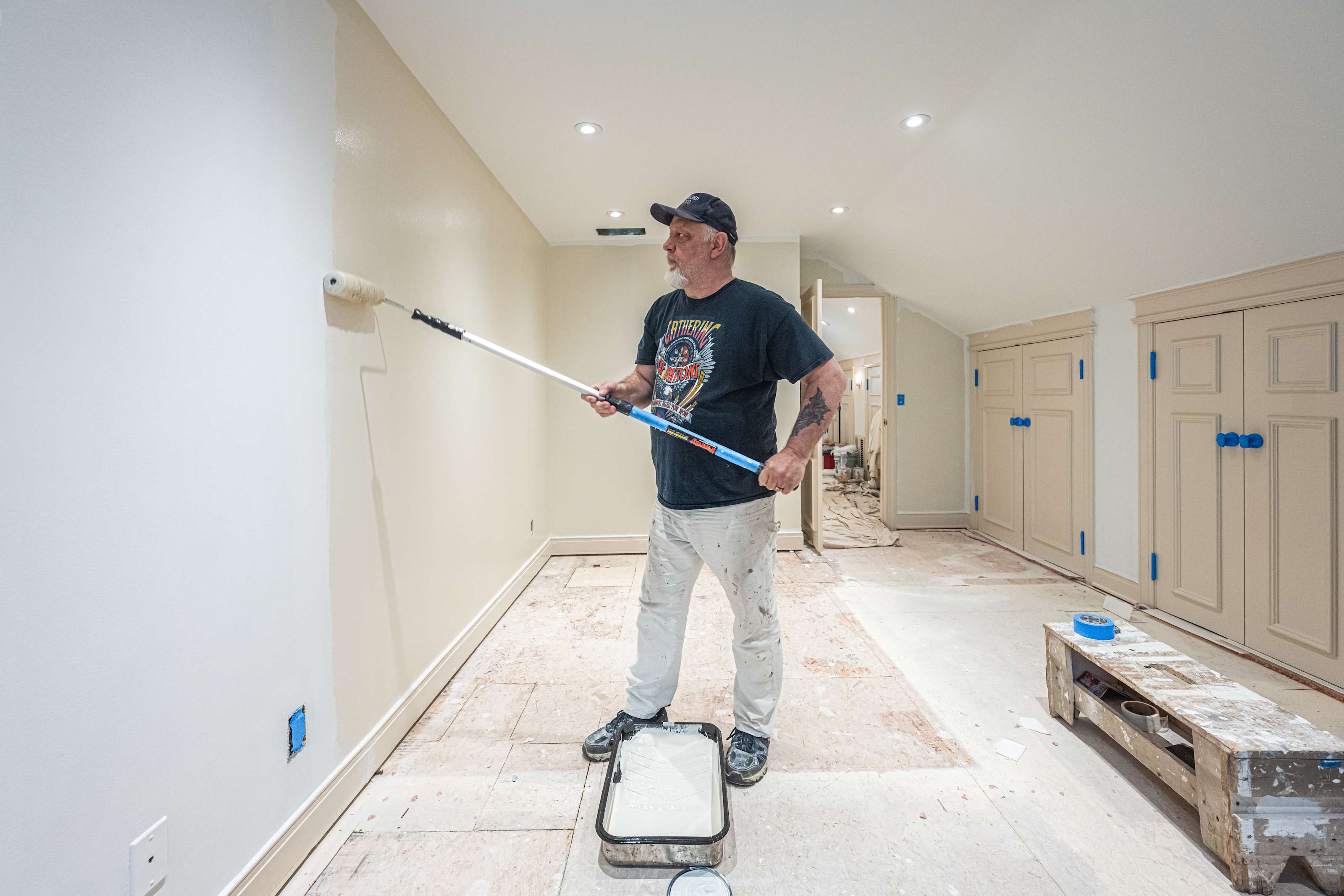
The cost to paint the interior of a house in New York, NY depends on size, layout, type of surface, and more. Learn what factors can influence your total in this guide.
Crack the code on how to fix cracking paint


Most paint problems are a result of poor surface preparation and bad adhesion.
Water and moisture can lead to a whole host of issues, whether it’s present before or after you paint.
In most cases, your best option is to address the underlying issue and then sand and repaint the affected areas.
Painting is hard, time-consuming work, so the last thing you want is to find imperfections in your recent paint job that require you to redo the application. Unfortunately, paint problems just tend to get worse with time, so addressing the issue sooner rather than later will always be your best bet. In this guide, we’ll discuss the six most common paint problems homeowners run into and how to fix them.

There are a few underlying causes to consider if paint is peeling off your walls. In most cases, it’s due to improper wall preparation before painting. If you didn’t lightly sand, clean, and prime your walls, or if you applied paint in moist or excessively hot conditions, you’re likely to see peeling over time.
Peeling paint is often a result of poor adhesion due to moisture or contaminants on your walls, but it can also result from old age or using the wrong kind of paint that doesn’t flex with your building materials with changes in moisture. If you notice peeling when you remove painter’s tape from your project, this can be an early sign of poor adhesion.
To fix peeling paint, sand the affected areas, clean the surface, let it dry completely, and then repaint.
Paint can crack when the surface expands and contracts with changes in humidity, but the paint doesn’t. In extreme cases, you could see “alligatoring,” which is when the cracking gets excessive, and the surface resembles the skin of an alligator.
This could be your underlying issue if you use an inflexible paint over a flexible paint or surface—like hard oil paint over latex paint or wood—or if you use a low-quality paint that can’t flex to keep up with the movement of the surface below. Exposure to sunlight—specifically UV-A radiation—can also dry out the resin in your paint and cause it to crack over time.
To fix this issue, sand off all of the paint, clean the surfaces, let them dry completely, and then apply the proper type of paint. This is laborious work, so consider hiring a local interior painting company to help. The cost to remove paint from entire walls can be high, but it’s the best way to prevent the issue from recurring.
Blistering is when bubbles form on your painted surface. They can pop or remain intact, but in either case, you’re left with imperfections.
Blistering can occur if you use a thick roller that introduces air bubbles to water-based paints or if you paint in excessively hot or humid conditions. If the blister pops and you can see the previous wall color, moisture is likely the problem. If it pops and you can only see the first coat of paint you applied, heat is probably the cause.
The solution is fairly straightforward and shouldn’t take much time. Simply sand down the affected areas once dry and then reapply paint under proper conditions.
Paint warranties cover defects like peeling, blistering, or cracking for a specified period, often 2-5 years. It's essential to read the fine print, as coverage may vary based on the type of paint, application method, and environmental factors.

Stains appearing on your walls and coming through your paint are usually due to water damage and mold growth behind the affected area. You may notice yellow or black discoloration, usually in circular patterns with a darker ring around the outside of the stain. If you know you have a plumbing issue or a foundation leak behind the affected wall, it’s likely the cause.
You have a few options to fix staining, but before you start, you should address the water or moisture issue to prevent further paint problems. Once you fix the underlying problem, you can apply a new stain-blocking paint over the affected area.
You can also remove the damaged sheetrock, patch, and repaint. Lastly, you can use a stain-blocking primer over the stains, followed by a fresh coat of paint. You may want to hire a painter to ensure you use the proper method to resolve the issue permanently.
Over time, all paint will fade and look a bit more drab than when you first applied it. This can occur due to old age, but it’s more often a result of exposure to sunlight. While UV-A rays can dry out your paint, UV-B rays will cause the color to fade.
If you find that the fading is mostly occurring in areas where sunlight comes in through windows or doors, or your furniture is also fading nearby, exposure to sunlight is probably your issue. Note that if you believe the fading is due to old age, make sure you test for lead paint and know what to do to deal with it safely.
The best way to fix this is to apply a fresh coat of paint over all surfaces so that your paint color doesn’t look different in certain areas. Choose a UV-resistant paint, as it will last longer, but avoid using exterior paint inside, as you’ll likely run into other problems.

Bare spots can occur on some painted surfaces, usually when moisture gets trapped behind the paint. This is most common on painted concrete surfaces, like your foundation, when moisture wicks through the material and creates problems with adhesion.
Your best option to fix bare spots is to address the underlying moisture issue and then clean and repaint the surface.
From average costs to expert advice, get all the answers you need to get your job done.

The cost to paint the interior of a house in New York, NY depends on size, layout, type of surface, and more. Learn what factors can influence your total in this guide.

The cost to paint the interior of a house in San Francisco, CA depends on size, layout, type of surface, and more. Learn what factors can influence your total in this guide.

A new coat of paint can transform your bathroom and improve home value. Learn about the cost to paint a bathroom and what factors affect the total.

Need to refresh your home’s interior but not sure which paint to choose for your doors? Learn about the best paint for interior doors for look and longevity.

Waterproof paint is a quick and easy way to combat moisture in basement spaces. Learn why it may not be a permanent fix and what your best alternatives are.

Knowing how to paint stair railings is a useful trick in your DIY bag. Here are the simple steps necessary to achieve a professional-looking job.